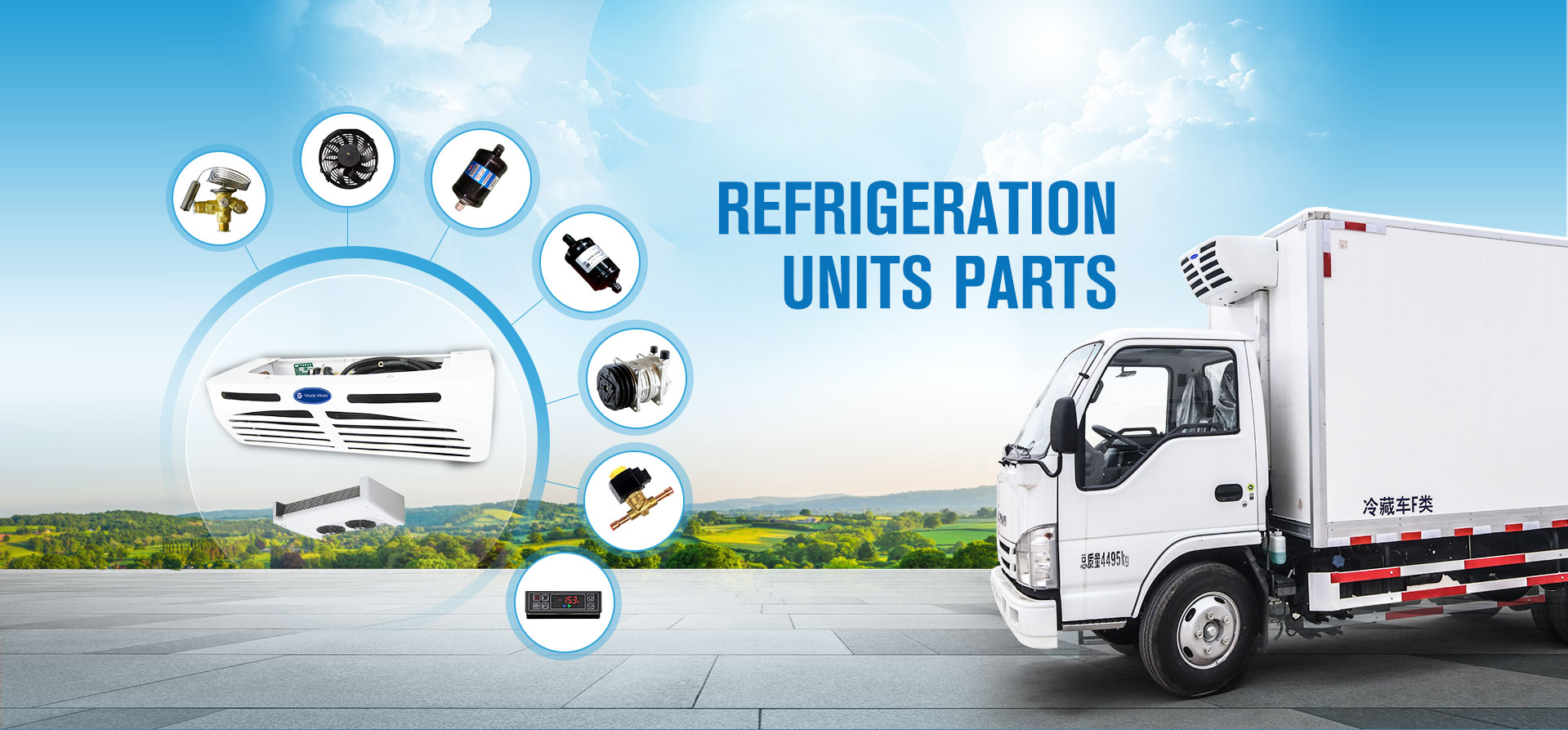Exactly How Transport Refrigeration Company Solutions Ensure Fresh Deliveries
Exactly How Transport Refrigeration Company Solutions Ensure Fresh Deliveries
Blog Article
Exactly How Refrigerated Trucks Run to Make Sure Safe and Efficient Distribution of Perishable Product
Chilled vehicles play a critical duty in the supply chain, guaranteeing that disposable goods are carried securely and successfully. Utilizing innovative refrigeration modern technologies and durable insulation, these vehicles maintain accurate temperature control, which is important for protecting the high quality of delicate products.
Summary of Refrigerated Trucks
Chilled vehicles, frequently described as reefer trucks, play a vital function in the transportation of disposable products throughout different industries. These customized lorries are made to preserve particular temperature ranges, ensuring that things such as fresh produce, milk items, meat, and drugs remain secure for usage and effective use. The operation of chilled vehicles is vital in decreasing spoilage and extending the service life of temperature-sensitive products.
Reefer vehicles are geared up with insulated cargo locations that can maintaining low temperature levels, which can be adjusted according to the kind of goods being delivered. The cars commonly make use of a refrigeration device powered either by the lorry's engine or an independent power source, permitting for constant temperature control during transportation.
In addition to temperature level upkeep, these vehicles are commonly developed with advanced surveillance systems to track the internal atmosphere, ensuring compliance with health and wellness guidelines. Chilled trucks contribute substantially to the supply chain, allowing timely shipments to sellers, consumers, and dining establishments. Their pivotal role underscores the relevance of reputable transportation options in today's international market, where freshness is critical.
Secret Refrigeration Technologies
Preserving ideal temperature level control in cooled trucks relies upon several vital refrigeration innovations that improve efficiency and reliability. Among the most typical systems is the vapor-compression refrigeration cycle, which uses a cooling agent to absorb warm from the vehicle's interior, reducing the temperature. This process involves a compressor, condenser, expansion valve, and evaporator, functioning in tandem to circulate the refrigerant and preserve a regular environment.
Another noteworthy technology is making use of eutectic plates, which save and launch thermal power. These plates are filled with a phase-change material that strengthens at a specific temperature, supplying a stable air conditioning resource. This method not just enhances energy efficiency however likewise lowers the demand for continuous power supply during transportation.
In addition, progressed insulation products, such as polyurethane foam, significantly enhance the thermal performance of refrigerated trucks, minimizing temperature changes during unloading and packing. Some contemporary chilled vehicles also incorporate telematics systems, enabling real-time monitoring of temperature level and efficiency, hence making sure conformity with security criteria. With each other, these technologies ensure the risk-free transport of perishable items while enhancing operational performance and decreasing energy usage.
Temperature Level Control Devices
Reliable temperature level control devices are essential in ensuring the honesty of disposable goods throughout transportation. Refrigerated vehicles make use of advanced innovations to website link preserve regular temperature arrays, stopping putridity and ensuring item safety. Central to these mechanisms is the refrigeration system, which runs utilizing vapor-compression or absorption refrigeration systems. These units are made to cool the air within the freight area successfully and keep the needed temperature throughout the journey.
Furthermore, modern-day cooled vehicles are furnished with electronic thermostats and programmable temperature monitoring systems. These systems enable real-time monitoring of interior temperature levels, giving informs if the temperature level deviates from the predetermined array. This capacity is vital for compliance with health and safety and security policies.
Insulation likewise plays a pivotal function in temperature control. High-quality insulation materials lessen heat exchange, protecting the wanted interior conditions. Air flow management within the cargo area is crafted to useful reference guarantee consistent temperature distribution, protecting against hotspots that might endanger product integrity.
Finest Practices for Filling

First, it is necessary to pre-cool the truck prior to filling. This method allows the temperature level control system to support, creating an excellent atmosphere for subject to spoiling items. Next, items need to be filled in a manner that promotes airflow. Stay clear of straining and obstructing vents, as this can result in temperature changes and hotspots.
Shelving or utilizing pallets can help in organizing items, ensuring that heavier products are positioned near the bottom to avoid crushing lighter things. In addition, it is essential to segregate different sorts of items, particularly those with differing temperature level needs, to stop cross-contamination and putridity.
Finally, safeguarding the lots with internet or straps will prevent motion throughout transportation, consequently reducing the danger of damage and preserving the honesty of temperature-sensitive products. By sticking to these best methods, drivers can make certain effective and secure distribution of perishable goods while making the most of the efficiency of their cooled trucks.
Challenges and Solutions in Transportation
One considerable problem is temperature changes, which can occur due to devices breakdown or inappropriate loading techniques. In useful content addition, road problems and hold-ups can additionally worsen temperature level control problems, especially throughout extended transportation times.
To deal with these challenges, applying robust surveillance systems is critical. Advanced telemetry can supply real-time temperature data, informing vehicle drivers to any type of abnormalities. Normal maintenance of refrigeration units ensures ideal performance and minimizes the danger of failures. Furthermore, training employees on ideal loading and dumping techniques can decrease the danger of temperature level deviations.
Another trick option involves route optimization. Utilizing general practitioners and website traffic monitoring modern technologies can assist motorists choose the most efficient courses, reducing transit times and reducing direct exposure to unfavorable conditions. Working together with reputable logistics companions that focus on cool chain integrity is also vital for making sure that items stay within required temperature level varieties.

Conclusion
In final thought, cooled vehicles play a vital role in the risk-free and reliable transportation of disposable products. Utilizing innovative refrigeration modern technologies and effective temperature control systems makes sure that items continue to be within called for temperature level ranges.

Report this page